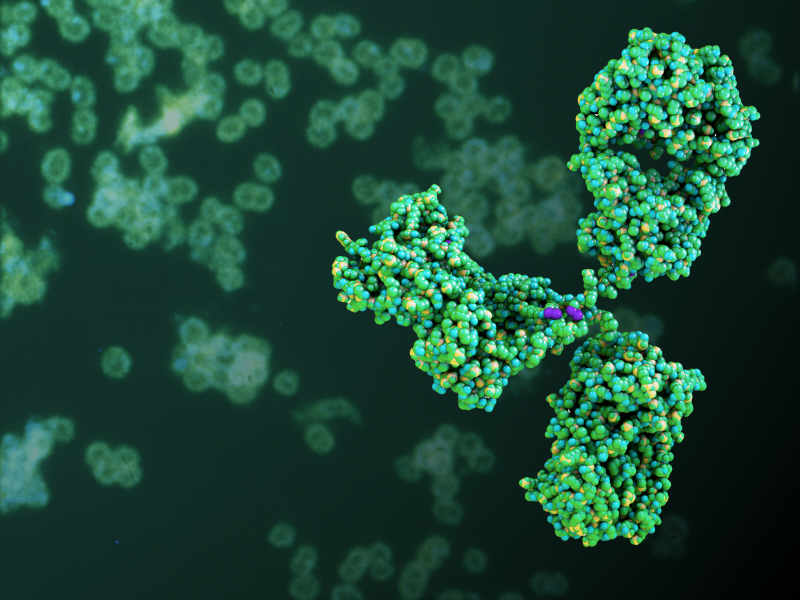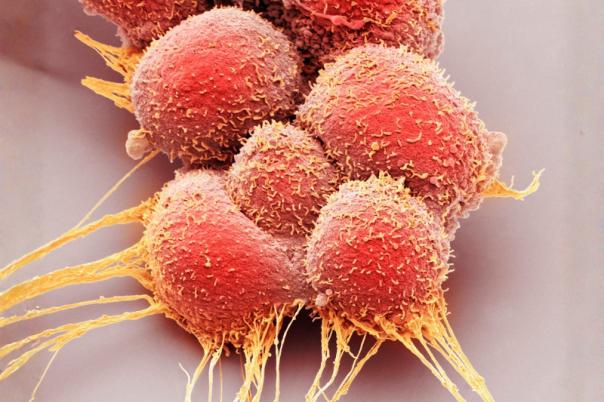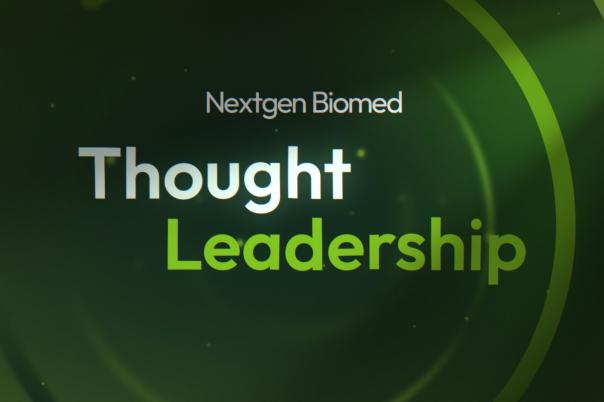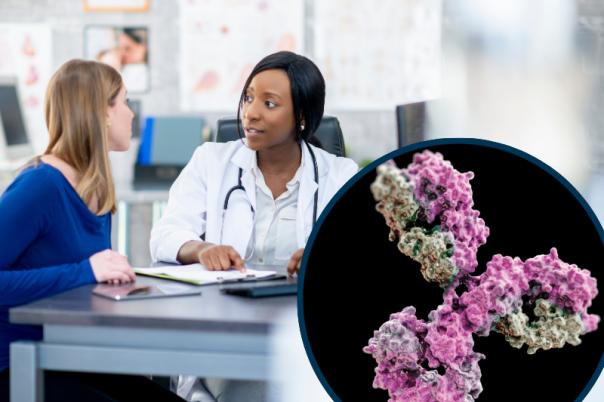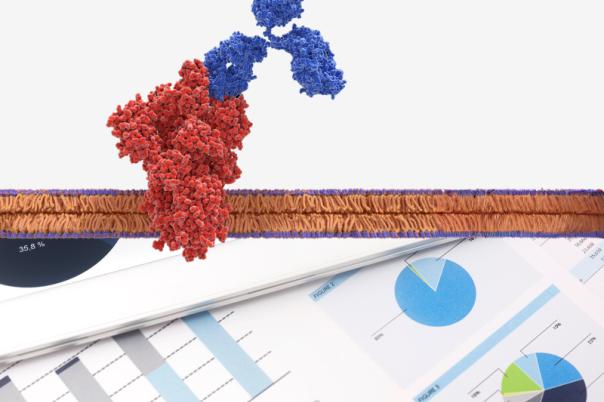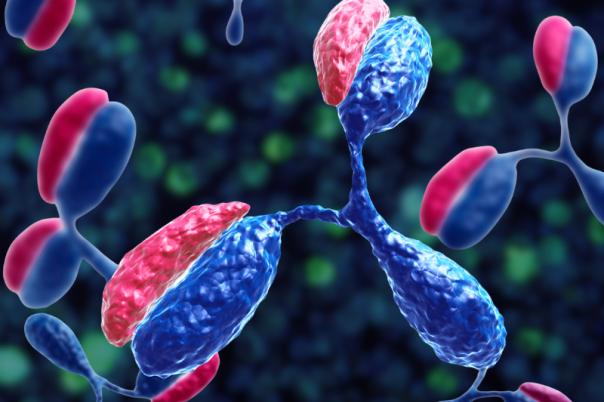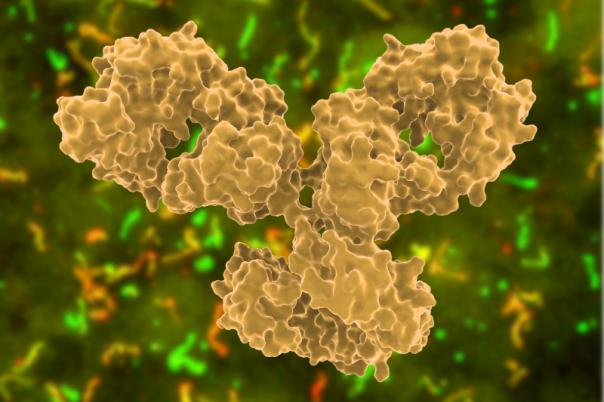The landscape of antibody research and discovery is undergoing a profound transformation. As the biopharmaceutical industry seeks to address increasingly complex diseases, the early stages of research and development (R&D) have become a crucible for innovation, risk management, and strategic foresight. Drawing on insights from a recent expert panel discussion, this article explores the evolving strategies, technological advancements, and organisational considerations shaping the future of antibody R&D.
The Expanding Scope of Antibody Engineering
Antibody engineering has moved far beyond the traditional monoclonal antibody paradigm. Today, the field encompasses a diverse array of modalities, including bispecific and trispecific antibodies, fusion proteins, antibody-drug conjugates (ADCs), and context-specific molecules that activate only within certain microenvironments. This expansion is driven by the need to address complex disease mechanisms and improve therapeutic efficacy.
A key trend is the shift from simply identifying high-affinity binders to designing molecules with well-defined functional profiles from the outset. Early R&D teams are now tasked with considering not just binding, but also the downstream effects of antibody engagement – such as internalisation, immune modulation, and the ability to bring multiple targets into proximity. This holistic approach aims to ensure that candidate molecules are closer to their final therapeutic form, reducing the need for costly redesigns later in development.
Integrating Developability and Manufacturability
One of the most significant strategic shifts in early antibody R&D is the integration of developability and manufacturability assessments into the candidate selection process. Historically, these considerations were often deferred until later stages, leading to unexpected challenges in scaling up production or formulating stable drug products.
Modern R&D teams now recognise that a molecule’s biophysical properties – such as solubility, thermal stability, and aggregation propensity – can be as critical as its biological activity. Early developability studies, including formulation screening and stress testing, are increasingly used to de-risk candidates before advancing them into costly manufacturing processes. This proactive approach not only streamlines tech transfer and regulatory submissions but also helps ensure that promising molecules do not falter due to unforeseen production hurdles.
The Role of Artificial Intelligence and Machine Learning
Artificial intelligence (AI) and machine learning (ML) are rapidly becoming indispensable tools in antibody discovery. These technologies enable multi-parameter optimisation, allowing researchers to predict and enhance binding affinity, stability, immunogenicity, and other critical attributes simultaneously. AI-driven platforms can also accelerate the identification of novel therapeutic formats and mechanisms, expanding the design space beyond what traditional methods can achieve.
However, the panel emphasised that the power of AI is contingent on the quality and structure of the underlying data. Well-curated, high-quality datasets are essential for training robust predictive models. Organisations that invest in data infrastructure and standardisation from the outset are better positioned to leverage AI for candidate selection, patient stratification, and even manufacturing forecasting. The integration of AI with high-throughput screening technologies further amplifies the ability to rapidly evaluate thousands of candidates, reducing the number of design iterations and enabling more innovative risk-taking in early discovery.
Data Quality, Structure, and Collaboration
The promise of AI and advanced analytics in antibody R&D is closely tied to the challenges of data quality and structure. Unstructured or poorly curated data can lead to misleading predictions and wasted resources. As such, structuring data sets is not merely a technical task but a leadership and organisational challenge. Establishing clear data standards, enforcing uniform data entry practices, and investing in centralised data management systems are critical steps.
The panel highlighted the importance of cross-functional collaboration in this endeavour. Scientists, engineers, data analysts, and IT specialists must work together to define data structures that serve both immediate research needs and long-term analytical goals. Industry-wide consortia and partnerships – sometimes involving academia, technology companies, and regulatory bodies – are also emerging as powerful vehicles for generating and sharing high-quality datasets, particularly for complex tasks like antibody structure prediction.
Avoiding Common Pitfalls in Candidate Selection
Despite technological advances, certain pitfalls persist in early antibody R&D. One recurring issue is the overemphasis on binding affinity at the expense of functional activity and developability. High-affinity clones may not always translate into superior efficacy and may even present challenges in manufacturing or formulation. A diverse screening strategy that incorporates functional assays, developability assessments, and epitope diversity is essential for identifying the most promising candidates.
Another common mistake is neglecting to engage manufacturing partners, such as contract development and manufacturing organisations (CDMOs), early in the process. Early engagement can help secure supply chains, validate assays, and ensure that tech transfer proceeds smoothly. Building trusted partnerships with external collaborators allows organisations to tap into specialised expertise and avoid costly delays or miscommunications.
The Human Element: Talent and Organisational Change
As antibody R&D becomes more interdisciplinary, the demand for talent with hybrid skill sets – combining scientific expertise with computational and data science capabilities –is growing. Organisations are increasingly recruiting machine learning scientists, computational biologists, and bioinformaticians to complement traditional wet-lab teams. Fostering a culture of collaboration and continuous learning is essential for integrating these diverse perspectives and driving innovation.
Leadership plays a pivotal role in guiding teams through the transition to data-driven, standardised workflows. Change management strategies, clear communication of the value of data structure, and the establishment of best practices are all necessary to ensure that new technologies and processes are adopted effectively.
Looking Ahead: Future Directions and Opportunities
The future of antibody research and discovery is bright, but not without challenges. As molecules become more complex and the therapeutic landscape more competitive, early R&D decisions will have an outsized impact on downstream success. Key areas of focus for the coming years include:
- Consortium-Based Data Generation: Industry-wide collaborations to generate gold-standard datasets, particularly for antibody structures in complex with their targets, will be critical for advancing AI-driven discovery.
- Patient-Centric Design: Incorporating patient stratification and personalised medicine approaches into early discovery will help ensure that new therapies address unmet clinical needs.
- Regulatory Alignment: Engaging with regulators early and often will help streamline the path from discovery to approval, particularly as novel modalities and manufacturing processes emerge.
- Sustainable Innovation: Balancing innovation with cost-effectiveness and scalability will be essential for bringing next-generation antibody therapies to market.
Conclusion
Strategic decisions in early R&D for antibody research and discovery are increasingly defined by a forward-looking, integrated approach. Success depends on the ability to anticipate challenges, leverage emerging technologies, and foster collaboration across disciplines and organisations. By prioritising data quality, functional design, and early engagement with partners, the biopharmaceutical industry can accelerate the development of transformative therapies that meet the needs of patients worldwide.
